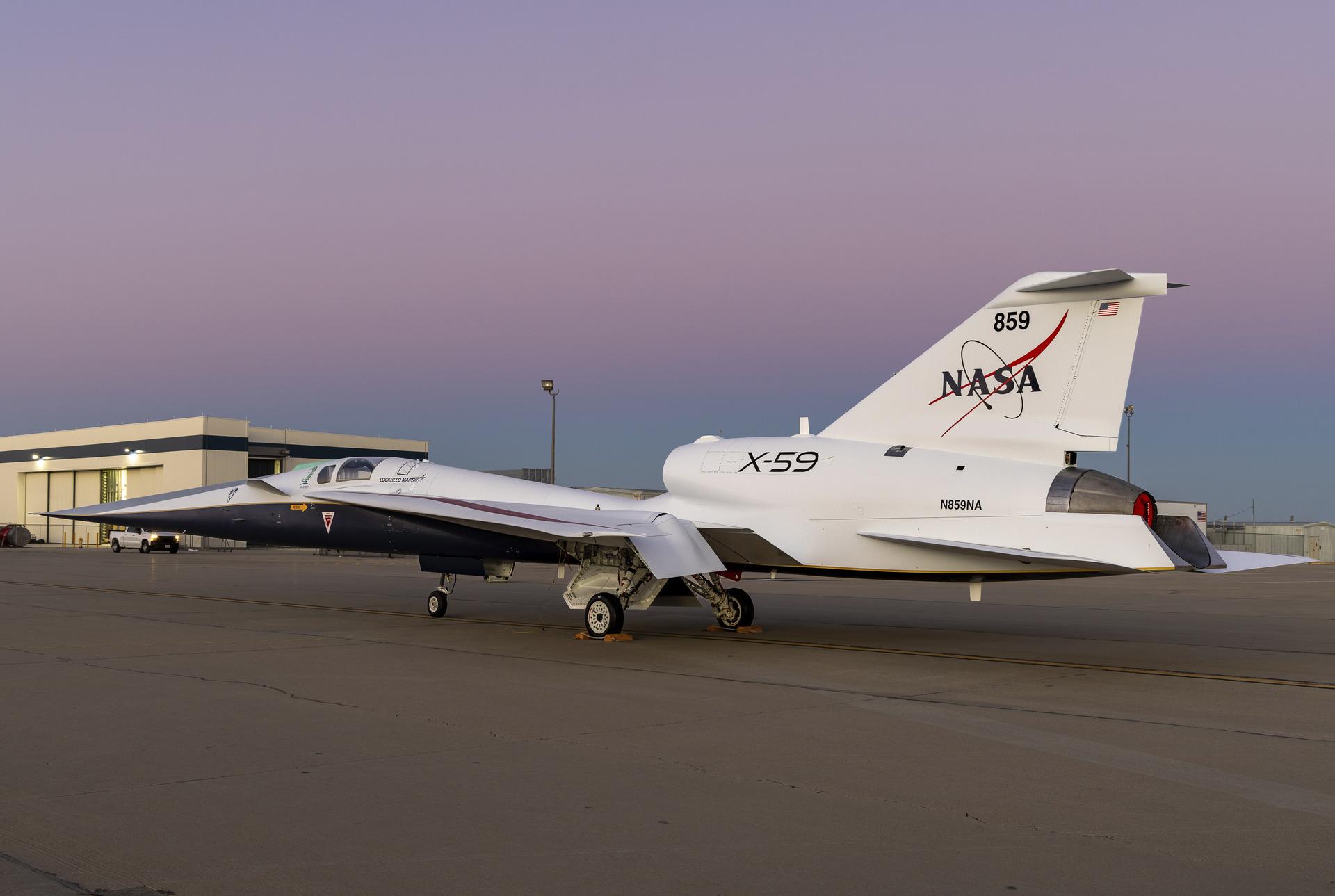Now Reading: NASA’s X-59 Successfully Tests Engine Speed Control System
-
01
NASA’s X-59 Successfully Tests Engine Speed Control System
NASA’s X-59 Successfully Tests Engine Speed Control System

Quick Summary
- NASA’s X-59 quiet supersonic aircraft completed a critical ground test in March to ensure the aircraft can maintain specific speeds during operation.
- The test, called “engine speed hold,” functions like cruise control for the aircraft, allowing pilots to adjust speed incrementally as needed.
- The test verified integration of engine speed hold within the entire aircraft system, including avionics and mechanical linkages.
- Prosperous testing confirmed precise control capabilities important for safety during flight.
- Engineers expedited this test ahead of broader ground trials involving simulated normal and failure conditions (“aluminum bird tests”).
- The goal is to prepare the X-59 for its first flight later this year and advance aviation history with quiet supersonic technology.
Indian Opinion Analysis
The successful advancement of NASA’s X-59 demonstrates meaningful progress in aerospace engineering, particularly in developing quieter supersonic travel. For India, which is expanding its technological footprint internationally through organizations like ISRO and increased private aeronautical initiatives, breakthroughs such as these mark an opportunity to learn from global standards for precision-controlled aviation systems. Additionally, quiet supersonic technology might inspire innovations relevant to India’s own aviation goals-possibly aiding efforts toward greener or faster transportation solutions within growing urban regions. as India focuses on boosting domestic innovation while collaborating globally, observing such advancements could shape future strategies in both civilian and defense aerospace sectors.



























